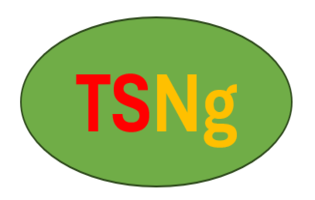STRATEGIC LEADERSHIP DEVELOPMENT CONSULTING
DEFINITION AND BENEFITS OF STRATEGIC LEADERSHIP
Strategic leadership is the highest level of leadership capacity in an organization/company including leaders on the board of directors and managers on the management team who set standards for values, ethics, culture, organizational climate, motivation and reward systems, organizational design, and corporate governance to develop and transform the organization and manage the company. Strategic leaders have knowledge, experience, skills, and qualities of leadership, strategic foresight, issues management, innovation and creativity management, leadership analytics, leadership communication, leadership, general management, human resource development, leadership development, delegation, strategic management, and management systems; they establish corporate policies, business policies, functional policies, and responsibilities and authorities throughout the organization. In addition, strategic leaders have influential, strategic thinking, systems thinking, and anticipatory thinking skills to improve the ability to link people, strategy, and organization; enhance organizational trust, improve organizational effectiveness, create strategic direction; develop leadership strategies, strategic management, and strategic leadership. Strategic leaders establish purpose, vision, and mission; engage with stakeholders, manage information, solve problems, control the company, control operations, and control functions throughout the organization, control the implementation of cultural systems, organizational values, ethics, and organizational climate; establish strategic objectives, make strategic decisions, manage the strategic process and provide strategic leadership to lead the organization aims to achieve organizational alignment, organizational effectiveness, competitive advantage, purpose, vision, strategic goals, and desired futures.
STRATEGIC LEADERSHIP DEVELOPMENT CONSULTING APPROACH
We use a tool to survey and evaluate the current state of strategic leadership practice of each member of the existing leadership team; report and instruct on how to use the tool, and review survey results for the leadership team. Instruct the strategic leadership in using management tools to analyze the causes of all weaknesses to recommend improvement opportunities and corrective actions. Based on weaknesses and priorities, the leadership team sets goals that will attract diverse individuals with complementary talents. Instruct the leadership team to revise the vision and share it with all employees periodically. The leadership team always tries to respond effectively to opportunities and threats from the external environment. We organize meetings to advise and mentor the leadership team and each member of the leadership team to guide the implementation of action plans and strategic leadership solutions to overcome challenges and improve weaknesses from survey results.
